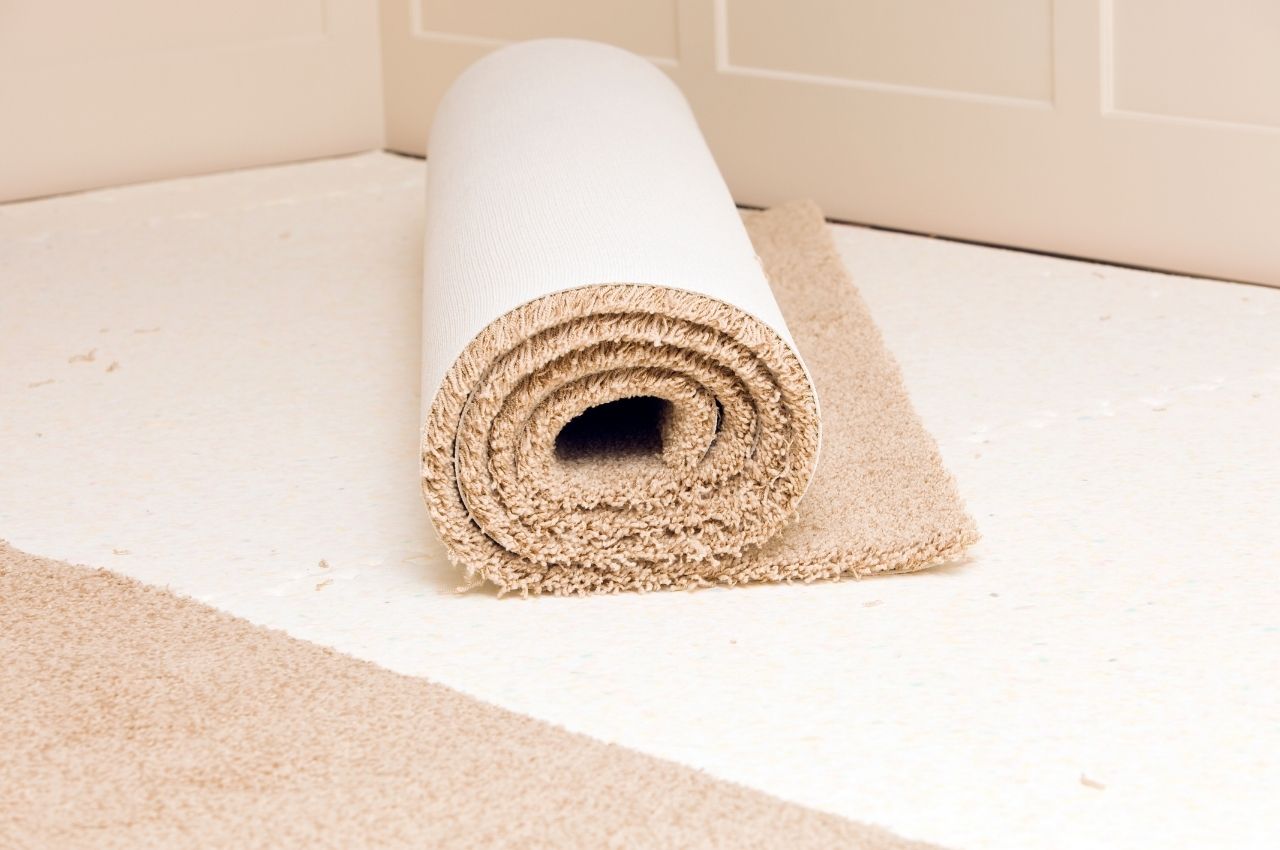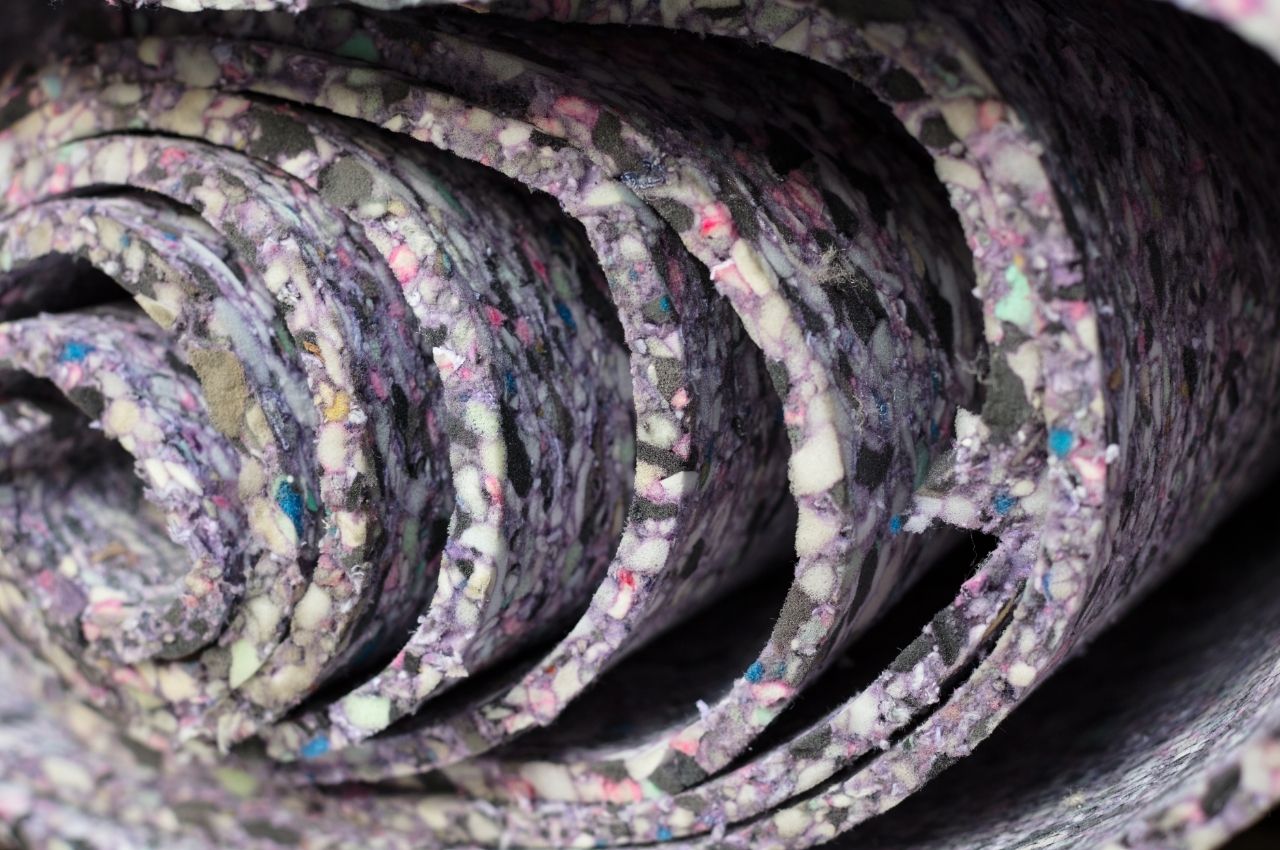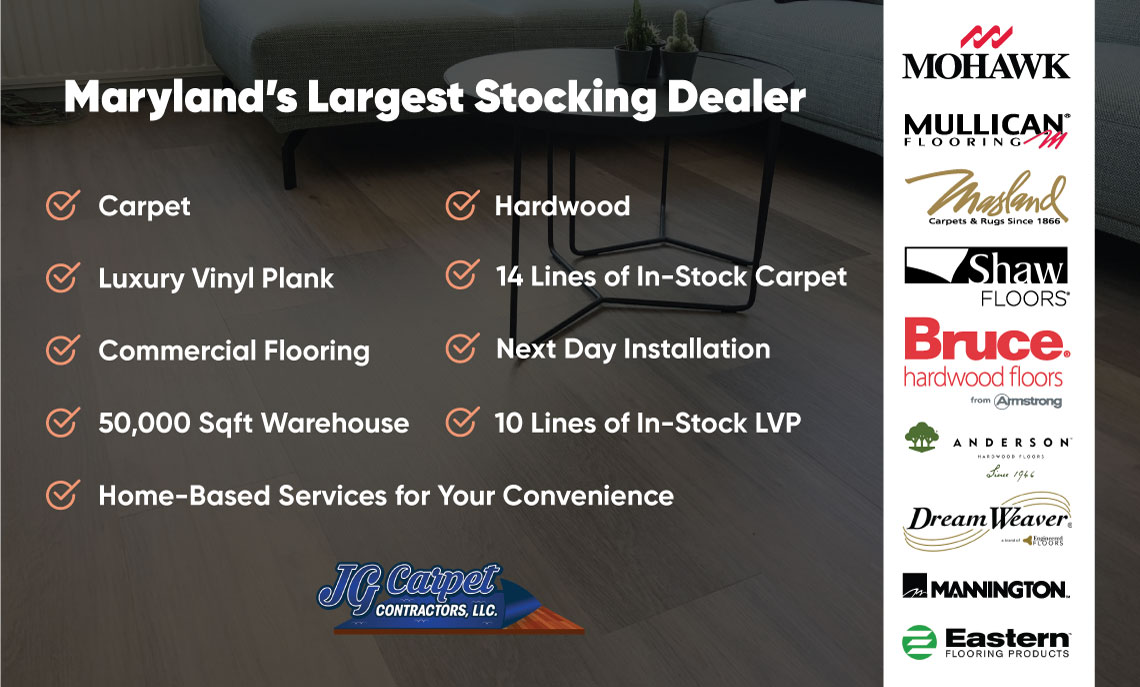
Are you thinking about replacing your old carpets? Then, you need to add quality underlayment to your flooring. If you want to choose the best option to meet your property demands, keep reading this blog to learn more about the different types of carpet padding.
There are many types of carpet padding available on the market today. From the cheapest pad to the most expensive, there are so many different options to choose from.
Each one performs differently. The list below describes some of the more common types of carpet padding as well as their benefits and drawbacks. The main reasons that people choose a certain padding type.
Carpet Padding: What Is It?
Carpet padding is an essential but often neglected element of your wall-to-wall carpeting. Also known as a carpet cushion, padding’s primary purpose is to protect your carpet, acting as a moisture barrier. It helps absorb the impact of foot traffic and insulates your spaces against noise and cold.
Foam, rubber, and fiber are usually the most used carpet underlayment materials. Thickness and density are a must for every carpet manufacturer to maintain carpet freshness.
A carpet pad can be a useful tool to have around to help distribute the weight of heavy furniture and even an increase in traffic through your doors.
If you have heavy furniture that moves around on a regular basis, it is a clever idea to purchase a carpet pad to help alleviate some of the stress on your carpeting.
Carpet padding also comes in different thicknesses so you can select the right one for the job. Thinner carpeting will help to absorb the impact from everyday use, while thicker carpet pads are better for those times when you have extremely heavy furniture or objects that you need to stop from slipping or falling.
How Thick Should My Carpet Padding Be?

In the carpet padding market, thick doesn’t mean better. According to experts’ recommendations, pad thickness should be around 1/2 and Berber carpeting shouldn’t exceed 3/8″ in density.
Thickness and density affect carpet use and types. Let’s look at it:
- Bedrooms, living rooms: Residential areas like these require a firm, thick cushion no less than 1/4″ with 6 to 7 pounds per cubic feet density.
- High traffic areas: Thinner carpet pad is the best option for heavy traffic areas. The recommended weight for these areas is about 20-21 pounds per cubic foot.
- Berber carpet: Berber carpets are thin and lightweight. To keep your rug in its best condition, a thin pad will be the way to go.
7 Types of Carpet Padding You Should Consider for Your Floors

There are countless types of padding to choose from, so deciding the one that fits your lifestyle might be a little overwhelming.
These are the different types of carpet padding you can choose from the market:
- Memory foam carpet padding
- Rebond foam carpet padding
- Rubber carpet padding
- Frothed foam carpet padding
- Prime foam carpet padding
- Waffle carpet padding
- Synthetic fiber carpet padding
Foam-based Carpet Padding
The first and most common type of carpet padding is foam-based carpet padding. Foam-based carpets are very comfortable to stand on. They are very dense which gives cushioning qualities and helps prevent your feet from slipping out from under you when walking. It’s also a fairly easy way to clean as all you need is a vacuum cleaner.
Most people don’t notice a huge difference in the quality of their flooring when using foam carpet pads, however, if you have children or pets this might not be the best option.
Memory Foam Carpet Padding
Memory foam carpet pads are high-quality cushions that can go under any carpet. They are infused with gel, giving it the famous memory foam feel we all love. Usually, this type of pad comes with a moisture barrier attached, and most of the time, its color might be cream or pink.
Rebond Foam Carpet Padding
Rebond carpet padding is the top choice for homeowners because it is cheaper and made from recycled materials.
When choosing the proper density, rebonded padding is often the better option for your residence. Still, if your home has heavy foot traffic, you may want to consider a different option.
Rubber Carpet Padding
If you are a consumer with allergies, rubber padding is a great choice. Resilience is one of the main advantages of this type of padding.
It is also water-resistant, which is why the need for a moisture barrier is not necessary. On the other hand, it’s not something you’ll want to use with a low-cost carpet.
Self-leveling underlayments
One of the costliest types of carpet padding is self-leveling underlayments. They cost a little bit more than foam-based carpets but are far superior.
Self-leveling underlayments use a combination of heat and liquid chemicals that glue the backing to the bottom layer of the carpet.
This allows for a perfectly even surface with no uneven spots. If you have heavy traffic or extremely high-traffic areas, self-leveling underlayments are not an excellent choice. They won’t help reduce noise or odors in your home.
Carpet Adhesive
The cheapest types of carpet padding are carpet adhesives. Carpeting can get damaged over time from frequent usage.
Regular vacuuming will remove most dirt, but if the dirt is deep under the carpeting it may be necessary to use carpet padding. This type of carpet padding can be found in many places and can also be bought in larger quantities at a local store. It is important to note that the thicker carpet adhesive tends to be more expensive than the thin ones.
Most people find that thin carpeting with carpet adhesives is sufficient for their needs and is usually less expensive than buying a complete carpeting system.
Spray foam carpet tiles
The most common types of carpet padding are spray foam carpet tiles. These come in various densities for you to choose from according to the amount of traffic your carpet will receive.
Foam tiles are easy to install and can be cut to fit any size. They are popular because they allow you to do the carpeting yourself which will save you money. Some homeowners have reported trouble with the foam tile sticking to the actual carpet. You may want to try a carpet pad that has glue backing rather than liquid-based ones.
Get in touch if you need professional assistance
We are the right Carpet Contractors that you need to enhance your home or offices. We offer you a wide range of services, from floor installation to even helping you find the perfect fiber carpet type.

